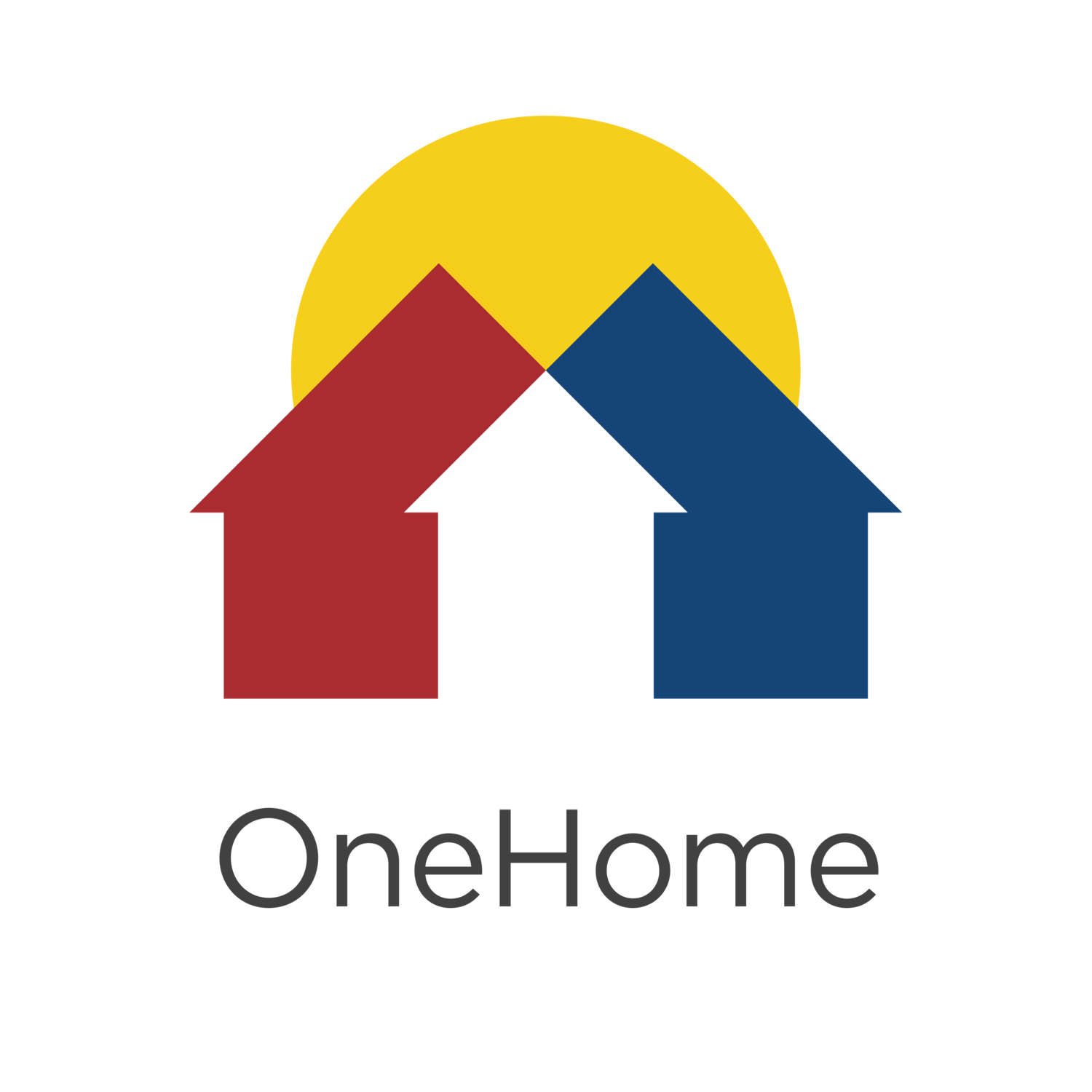Coordinated Entry Prioritization
Once assessed, households are prioritized by vulnerability because the housing resources in our community are so scarce. OneHome uses vulnerability factors to prioritize and match clients to housing including documented disability, length of time homeless, age, and more. We have updated our prioritization over the last year to reflect the ever-changing needs of our community and continue to monitor each one for equitable outcomes and process improvement.
Youth
Background: This prioritization was originally presented to stakeholders across the community in May 2022, including young adults with lived experience. It went into effect in June 2022 and was piloted for 3 months before being reassessed for equitable outcomes in September 2022. View the slides below for full disclosure of how we conducted this process.
As of January 2023, both Young Adult providers and young people with lived expertise have asked that we continue testing the current prioritization, as they felt it was not enough time to determine how the current criteria impacted the system. This round, people are only matched to housing if they have at least one vital doc. This helps us ensure the timely utilization of housing resources. View the slides below for data on the first phase of this study.
Lost Housing due to Violence or Unhealthy Relationships (45%)
Homeless Because of Violence at Home (question 20, e. Because of violence at home between family members? and f. Because of an unhealthy or abusive relationship, either at home or elsewhere?)
Homeless Because Conflict Gender Id or Orientation (d. Because of conflicts and gender identity or sexual orientation?)
Currently Fleeing DV (OneHome Enrollment)
Systems Involvement (40%)
Have you had significant interactions with the criminal justice system?
Were You Ever Incarcerated When Younger Than Age 18 (Question 13 -> legal issues)
Formerly a Ward of Child Welfare or Foster Care Agency (37. Have you ever been in foster care?)
Confirmed FUP Eligible (manually updated by OneHome Coordinator from CDHS TRAILS database confirming FUP eligibility)
3 or more disabling conditions (10%)
From the OneHome enrollment and VI-SPDAT questions
Length of Time Homeless (5%)
Single Adult
This prioritization was presented to the provider community in December 2021 and took effect in January 2022. Individuals who have experienced 36 or more months of homelessness in their lifetime are prioritized for Permanent Supportive Housing (PSH) and individuals who have experienced less than 36 months of homelessness are prioritized for Rapid Rehousing (RRH).
3 or more disabling conditions that affect the ability to attain/maintain housing (TBI, developmental disability, mental health, substance use disorder, chronic health condition, physical disability, etc.)
Systems involvement
Currently fleeing Domestic Violence
Length of time homeless
Family
This prioritization was presented to the provider community in September 2021 and took effect in October 2021.
Households fleeing DV
Ordered by age of youngest child and then length of time homeless
Households who have experienced DV
Ordered by age of youngest child and then length of time homeless
Households with Trimorbidity
Ordered by age of youngest child and then length of time homeless
Resources will be determined by the length of time homeless. Households with more than 12 months of homelessness and a documented disabling condition will be referred to Permanent Supportive Housing and households with less than 12 months of literal homelessness will be referred to Rapid Rehousing.

